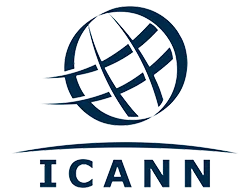Security and Stability Advisory Committee (SSAC)
SAC023 | Executive Summary for Is the WHOIS Service a Source for email Addresses for Spammers?
[PDF, 960 KB]
This SSAC study on WHOIS considers whether the WHOIS service is a source of email addresses for spammers. For the study, SSAC registered and monitored email delivery to randomly composed strings as second-level labels in four Top Level Domains: COM, DE, INFO, and ORG. The domain names were registered in February 2007. The recipient chosen for the registrant email address for each of the registration records was also chosen randomly. These were neither used in correspondence nor published electronically in any form (web, IM user, online service...). Thus, the only practical vectors to obtain these specific email addresses other than brute force derivation (or guessing) was via a WHOIS service or through the registrar or reseller in whose database(s) the email address were stored.
SSAC collected and analyzed all email messages delivered to these addresses for a period of approximately three months. Based on the data collected, the Committee finds that the appearance of email addresses in response to WHOIS queries is indeed a contributor to the receipt of spam.The data SSAC analyzed illustrate that the appearance of email addresses in responses to WHOIS queries virtually assures spam will be delivered to these email addresses. The Committee members involved in the WHOIS study do not believe, however, that the WHOIS service is the dominant source of spam.
SSAC concludes from its study that registries and registrars that implement anti-abuse measures such as rate- limiting, CAPTCHA, non-publication of zone file data and similar measures can protect WHOIS data from automated collection. Further, SSAC noted that anti-spam measures provided with domain name registration services are effective in protecting email addresses not published anywhere other than the WHOIS from spam.

